Types & Grades of Concrete
Definition
Concrete is a versatile and widely used construction material that has been used in construction for centuries. It is a composite material made by mixing cement, water, aggregates (such as sand, gravel, or crushed stone), and often other additives or admixtures.
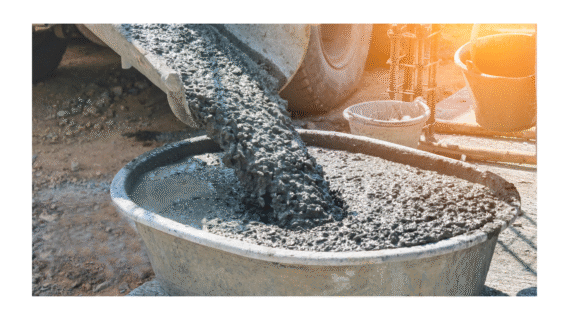
It has a wide range of applications, from building structures, roads, bridges, and dams to decorative objects like sculptures and fountains. In this article, we will explore the basics of concrete, its properties, types, and applications.
Ingredients of Concrete
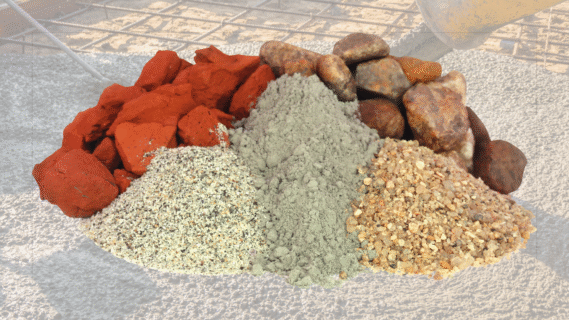
The ingredients of concrete can vary depending on the specific application and the desired strength and durability. However, the basic components of concrete are:
a). Cement: It is the binding material that holds the other ingredients together. Portland cement is the most commonly used type of cement in concrete.
b). Water: It is required to hydrate the cement and initiate the chemical reaction that results in the hardening of concrete.
c). Aggregate: It is a mixture of gravel, crushed stone, and sand that provides bulk to the concrete and helps to increase its strength.
d). Admixtures: These are added to the mix in small quantities to improve the workability, durability, and other properties of the concrete. Some common admixtures include air-entraining agents, water reducers, accelerators, and retarders.
The mixture is then thoroughly mixed to ensure uniform distribution of the ingredients before being poured into forms to create the desired shape and size.
Types of Concrete
There are several types of concrete, each with its unique properties, applications, and characteristics. Here are some of the most common types of concrete:
a). Ordinary Portland Cement Concrete (Normal Strength Concrete): This is the most common type of concrete and is used in most construction projects. t is made from Portland cement, water, and aggregates. It has a compressive strength of 20-40 MPa (megapascals) and is suitable for use in building foundations, walls, and pavements.

b). High-Strength Concrete: This type of concrete has a compressive strength greater than 40 MPa. This type of concrete has a compressive strength of 40-80 MPa. It is used in structures that require high strength, such as high-rise buildings, bridges, tall buildings, and other structures, etc.
c). Lightweight Concrete: Lightweight Concrete: This type of concrete is made by using lightweight aggregates, such as pumice, scoria, perlite, or expanded shale, instead of traditional aggregates. It is used in the construction of buildings and structures where weight is a concern, such as roofs and walls.
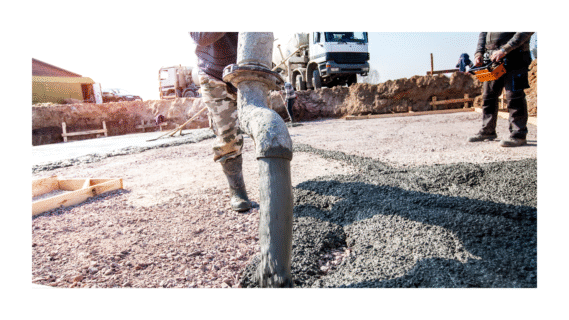
d). Self-Compacting Concrete: Self-Compacting Concrete: This type of concrete is highly workable & flowable and can spread & flow into tight spaces and fill the formwork without any external vibration. It is used in areas with congested reinforcement, complex shapes, or difficult-to-access locations.
e). Decorative Concrete: This type of concrete is used for aesthetic purposes and is designed to enhance the appearance of concrete surfaces. This type of concrete is used to create decorative finishes such as stamped concrete, colored concrete, exposed aggregate concrete or textured to mimic the look of natural stone, brick, or other materials. It is used in landscaping, walkways, and driveways.
f). Fiber-Reinforced Concrete: This type of concrete is reinforced with materials such as steel, glass, or plastic fibers. It is used in construction projects that require greater durability, such as roads, bridges, and tunnels.
g). Precast Concrete: This type of concrete is manufactured in a factory and transported to the construction site, where it is erected or assembled. It is used in the construction of buildings, bridges, and other structures that require pre-made components.
Different Grades of Concrete
The grade of concrete refers to its compressive strength which is measured in Megapascals (MPa). Here are some common grades of concrete used in construction and their corresponding compressive strengths:
| Grade of Concrete | Compressive Strength (MPa) |
| M5 | 5 MPa |
| M7.5 | 7.5 MPa |
| M10 | 10 MPa |
| M15 | 15 MPa |
| M20 | 20 MPa |
| M25 | 25 MPa |
| M30 | 30 MPa |
| M35 | 35 MPa |
| M40 | 40 MPa |
| M45 | 45 MPa |
| M50 | 50 MPa |
| M55 | 55 MPa |
| M60 | 60 MPa |
| M65 | 65 MPa |
| M70 | 70 MPa |
It is important to note that the mix proportions of the concrete can vary depending on the specific application and requirements and that the strength of the concrete can also be affected by factors such as curing conditions, water-cement ratio, and aggregate type and size.
Applications of Concrete
Concrete has a wide range of applications in construction. Some of the common applications include:
i). Building Structures
Concrete is used to build structures such as buildings, bridges, and dams. It is preferred for its strength and durability.
ii). Roads and Pavements
Concrete is used to build roads, sidewalks, and other pavement surfaces. It is preferred for its durability and low maintenance.
iii). Retaining Walls
Concrete is used to build retaining walls that can hold back soil and water. It is preferred for its strength and durability.
iv). Water Storage
Concrete is used to build water storage tanks, reservoirs, and dams. It is preferred for its ability to withstand water pressure and weathering.
Thanks For the Great Attention!
Good Bye & Take Care
Happy Learning
Also, Read,
Load Bearing vs Framed Structure
75 Technical terms of reinforcement
50 Construction Thumb Rules used by Civil Engineers
Related Video,
Grades of Concrete


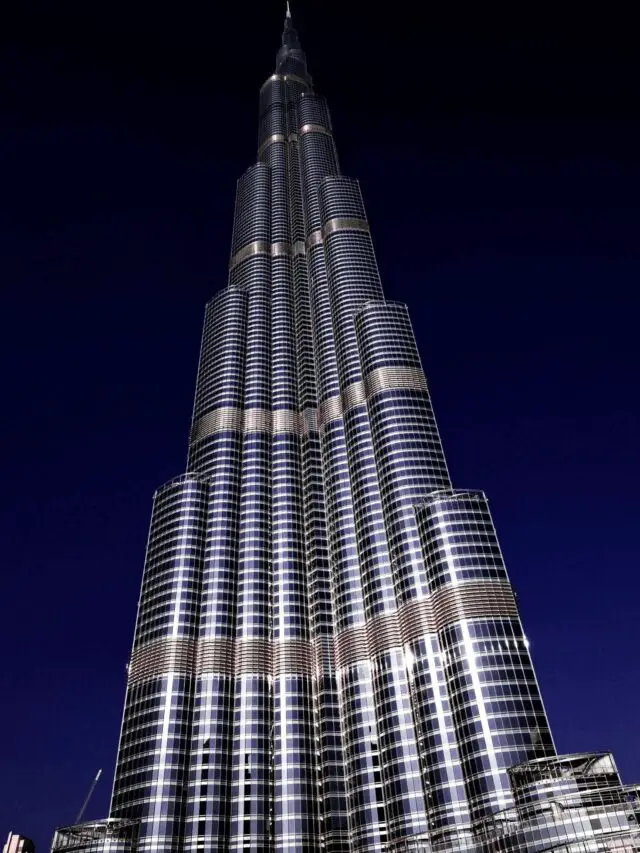
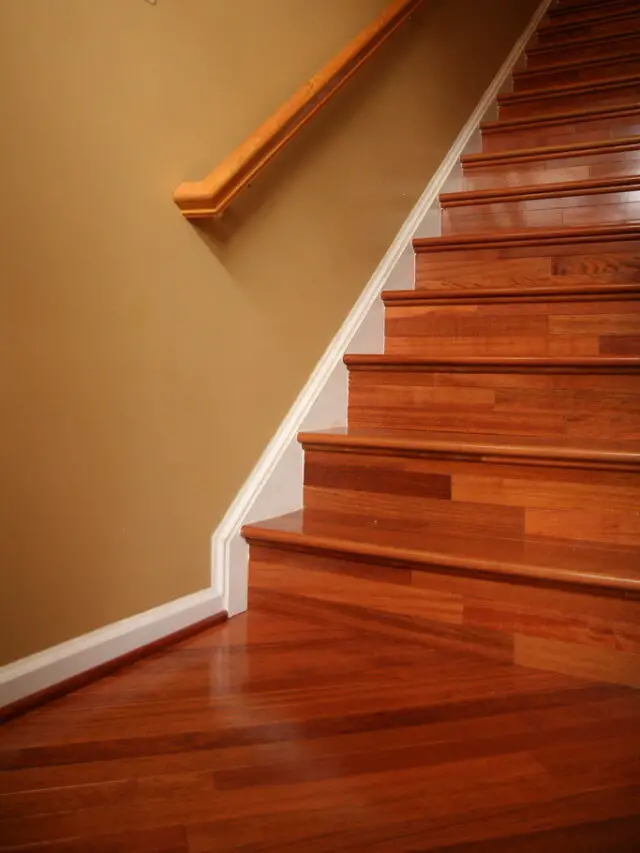

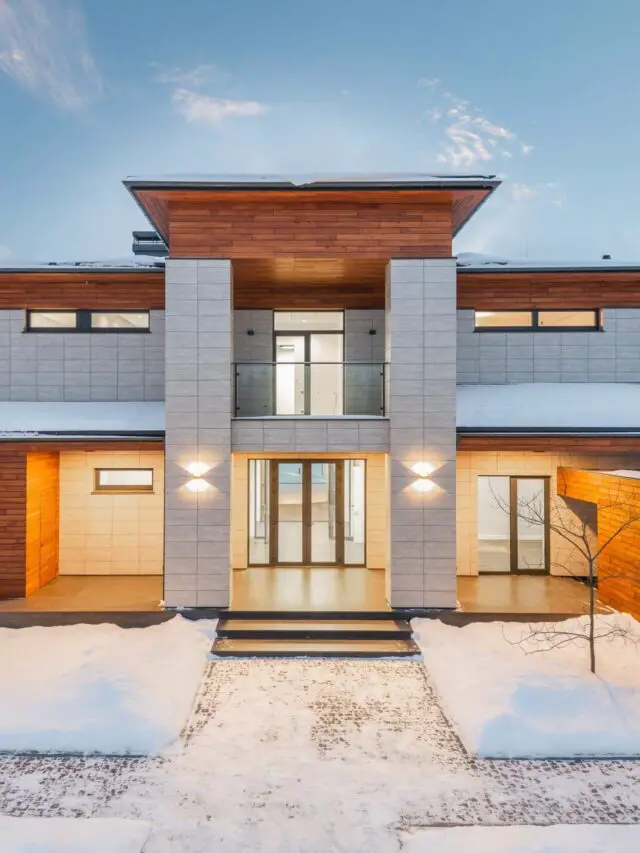

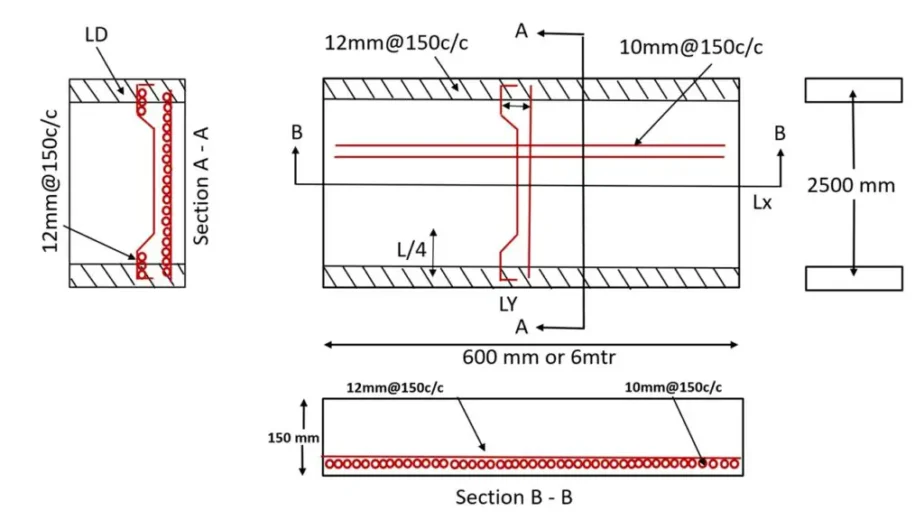


Pingback: Construction Cost of a 1000 sqft Slab in India - Quantity Of Cement, Sand, & Aggregates For 1000 sq. ft Slab - My Engineering Support